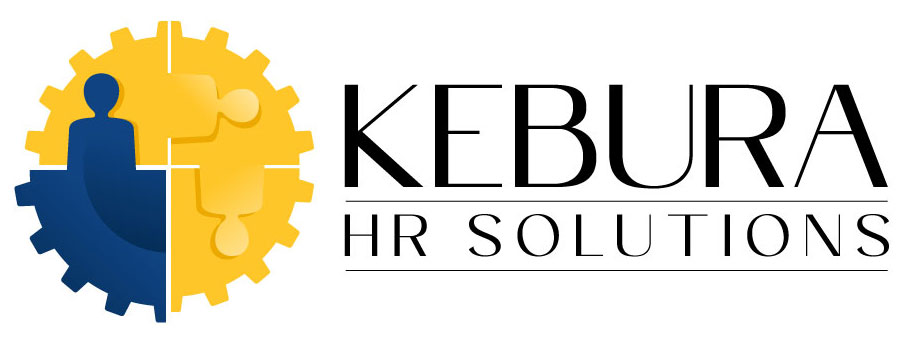The Occupational Safety and Health Administration (OSHA) is the federal agency created to enforce the Occupational Safety and Health Act of 1970. While the Act set the foundation for workplace safety, OSHA is the agency that writes the rules, conducts inspections, and issues penalties when businesses fall short.
For employers, OSHA is the watchdog that makes sure workplaces are safe and healthy for employees.
What OSHA does
OSHA’s mission is simple: ensure safe and healthful working conditions for employees. It does this by:
-
Developing and enforcing workplace safety and health standards
-
Conducting inspections and investigations of worksites
-
Issuing citations and penalties for violations
-
Offering training, outreach, and assistance to employers and employees
-
Tracking workplace injuries and illnesses through required reporting systems
OSHA covers most private-sector employers and employees across the U.S. In states with OSHA-approved state plans, those agencies handle enforcement but must be at least as strict as federal OSHA.
Common OSHA standards employers must follow
-
Hazard Communication: Proper labeling and training for hazardous chemicals
-
Personal Protective Equipment (PPE): Providing and ensuring proper use of safety gear
-
Machine Guarding: Preventing contact with dangerous equipment
-
Fall Protection: Especially critical in construction
-
Respiratory Protection: Ensuring workers have proper masks and systems in place
-
Recordkeeping: Maintaining OSHA logs of workplace injuries and illnesses
Why OSHA matters to employers
Ignoring OSHA requirements isn’t just risky for employees—it’s costly for businesses. OSHA inspections can result in:
-
Citations and financial penalties (ranging from thousands to hundreds of thousands of dollars)
-
Orders to correct hazards immediately
-
Increased scrutiny for repeat violations
-
Damage to reputation and employee trust
Common mistakes employers make
-
Failing to train employees on safety procedures
-
Not providing or enforcing use of PPE
-
Ignoring recordkeeping rules or keeping incomplete logs
-
Cutting corners on equipment maintenance or hazard controls
-
Assuming “low-risk” industries don’t need strong safety practices
How to stay compliant
- Create a workplace safety program tailored to your industry.
- Train employees regularly on safety procedures and updates.
- Conduct internal inspections before OSHA does.
- Maintain accurate and up-to-date safety records.
- Correct hazards quickly and document the fixes.
How Kubera HR Solutions can help
At Kubera HR Solutions, we help employers audit workplace safety programs, train supervisors, and prepare for OSHA inspections. By strengthening your safety policies and practices, we make compliance easier while keeping your employees safe and your business protected.
